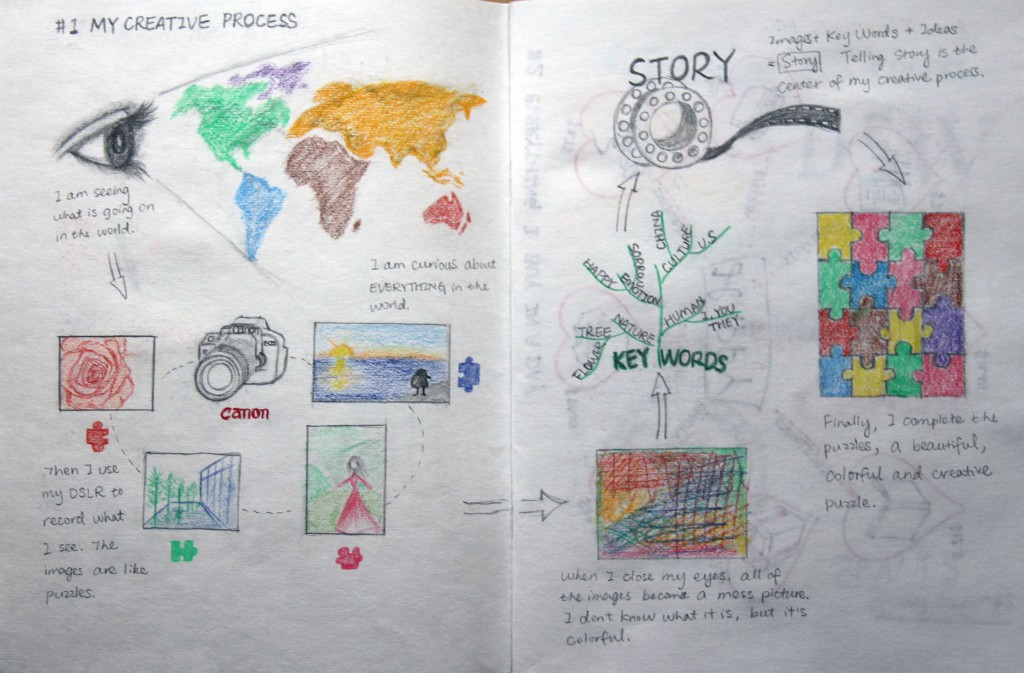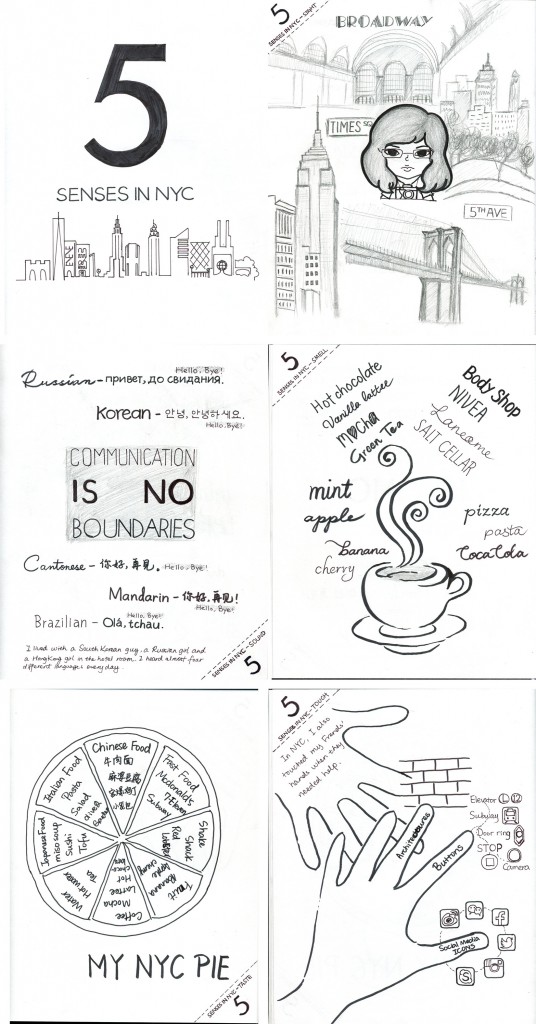Objectives:
- Become familiar with was in which spirituality influences artists
- Discuss the differences between spirituality and religion
- Examine spirituality as a generative force and a well spring for creativity
Original Post:
In the article “Deeply Seeing”, the author talks about the importance of seeing. When we see the subject, the meaning is coming up in our mind at the same time. He says, “Seeing determines every aesthetic decision” (72). First, artists see the subject that inspires them to create new things. Second, they scan the subject, then “dissecting the relationships of part to part balanced within the forms, appreciating the rhythm of its structure”. Furthermore, the author talks about his adaptation of the scientists finding of creative process. The creative process includes formulation, saturation, incubation, inspiration, translation and integration. In my opinion, I don’t think seeing determines every aesthetic decision. Artists can get inspiration beyond seeing. They can hear, touch and taste. Many ways would inspire people to create such as sound, music and smell. For the creative process that the author introduces in the article, I agree with him, but it is also a little complicated for me. This kind of creative process is very logic and strict. Also, the author says, “Not all artists will recognize each phase in their work, and each phase takes its own time, widely varying from work to work” (76). Everyone has his or her own way to create things. I think some artists might just have two or three stages of the creative process that is mentioned in the article. When I took my creative strategist class, I drew a map of my creative process. My creative process only has four stages. I wote, “I am seeing what is going on in the world” – “Then I use my DSLR to record what I am seeing. The images are like puzzles” – “When I close my eyes, all of the images become a mess picture. I don’t know what it is, but it’s colorful” – “Images + Key words + Ideas = Story. Telling is the center of my creative process”. Finally, I complete the puzzles, a beautiful and colorful puzzle.
Reflection:
In my original post, I said, “In my opinion, I don’t think seeing determines every aesthetic decision. Artists can get inspiration beyond seeing. They can hear, touch and taste.” Actually, I meant Leonardo Da Vinci’s five senses. The five senses including sight, sound, smell, taste and touch associate with our creativity. In order to explore the five senses and my visual creative process, I drew five sketches of my NYC Trip. I went to New York City from May 3rd to May 10th. Here are the sketches of my five senses of NYC.
Future:
Creative process can be a lifelong project. I can use many ways to get inspirations. But, five senses should be the most important and direct way to stimulate and collect ideas. I will bring my sketch book with me all the time.
Reference :
Grey, A. (2001). Art as Spiritual Practice. The Mission of Art (1sted. pp.205-233). Boston & London: Shambhala.
Table of Contents:
Artifact 4: The Art of Personal Adornment
Artifact 5: The Anesthetic of Horror
Artifact 6: Creative Spirituality

